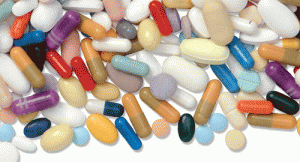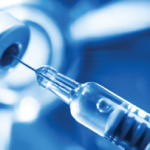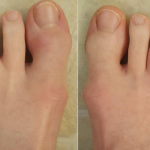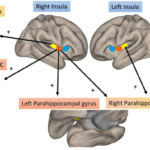 Epratuzumab is a monoclonal antibody targeting CD22, which modulates B cells. Epratuzumab is thought to bind to CD22, resulting in diminished systemic lupus erythematosus (SLE)–related hyperactivity of B cells without depleting them.
Epratuzumab is a monoclonal antibody targeting CD22, which modulates B cells. Epratuzumab is thought to bind to CD22, resulting in diminished systemic lupus erythematosus (SLE)–related hyperactivity of B cells without depleting them.
The manufacturer reports that two Phase 3 clinical trials for epratuzumab in treating adults with SLE did not meet their primary clinical efficacy endpoints for either dosing regimen in both studies at Week 48.1 The primary endpoint was the percentage of patients meeting treatment response criteria according to the BILAG-based Combined Lupus Assessment (BICLA), a combined response index. These were the EMBODY studies, which included two identical studies: EMBODY 1 and EMBODY 2. These two trials were 48-week, multicenter, randomized, double-blind, placebo-controlled studies.
In each study, patients (n = 786 for EMBODY 1; n = 788 for EMBODY 2) received placebo or treatment with 2,400 mg epratuzumab over four, 12-week treatment cycles administered as 600 mg every week for four weeks or 1,200 mg every two weeks for four weeks. Patients were all receiving corticosteroids at the beginning of the studies, along with either epratuzumab or placebo. Immunosuppressant and antimalarial drugs were given per their standard therapy regimen.
Adalimumab Effective in Juvenile ERA
In other drug news, adalimumab was recently studied in a Phase 3, multicenter, randomized, double-blind trial in patients age 6 years to younger than 18 years with enthesitis-related arthritis (ERA) for 12 weeks (n = 46).2 Patients received 24 mg/m2 adalimumab (maximum dose of 40 mg every other week) or placebo, followed by adalimumab for up to 192 weeks in an open-label design. If a predefined worsening occurred, early escape to the open-label adalimumab treatment period was available at Week 4. Adverse events were evaluated throughout the study. The primary endpoint was the percentage change from baseline at Week 12 in the number of active joints with arthritis (AJC). At baseline, the mean patient age was 12.9 years, with a mean duration of ERA symptoms being 2.6 years. The mean AJC was 7.8 and the mean enthesitis count was 8.1.
At Week 12, there was a 63% reduction in the number of joints with active disease in the adalimumab-treated patients compared with placebo-treated patients (12% reduction). By Week 52, there was an 89% reduction from baseline in the number of joints with active disease. (All patients had been receiving adalimumab after Week 12.) By Week 52, 35% of patients had stopped taking non-steroidal antiinflammatory drugs, 15% had stopped taking corticosteroids, and 11% were no longer taking other disease modifying antirheumatic drugs (e.g., sulfasalazine or methotrexate).


